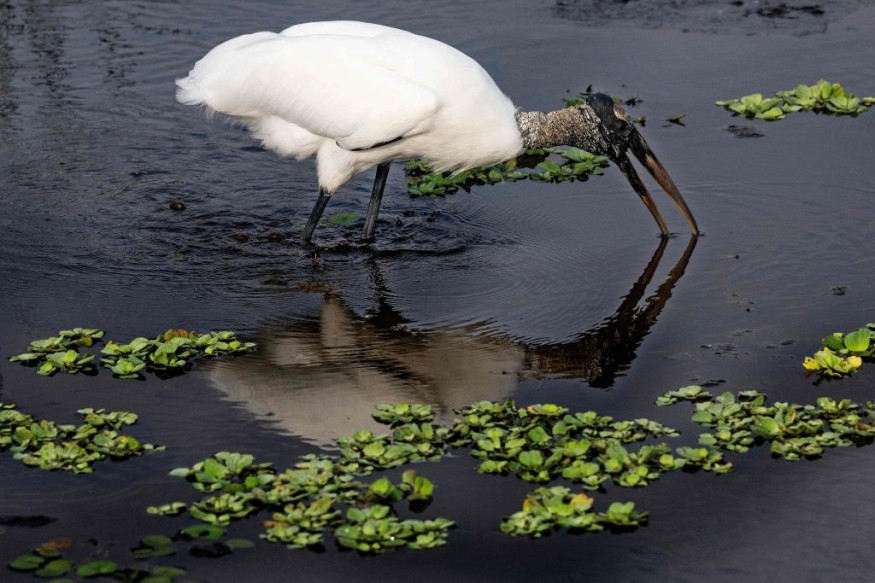Marine species, specifically some creepy crawlies, are seen to pose danger towards Florida's food web. Experts claimed that these invasive species could sneak into Florida through hitchhiking on cargo containers or illegal releases from irresponsible pet owners.
According to experts from the University of Florida, they observed and studied nearly 500 potential animals before narrowing the field to 40 species that could pose the biggest threat in the state.
Of those species, four had stood out. The experts disclosed that the four species that need to monitored are the alewife, zebra mussels, crab-eating macaques, and red swamp crayfish.
Invasive Species Taking Over Florida

Among the creepy crawlies seen to invade Florida is the alewife, a tiny herring fish that is already causing problems with the trout population in the Great Lakes area.
Experts said that alewives eat trout larvae, reducing the population, but when adult trout consume too many of them, the bigger fish will often get a vitamin deficiency that hurts their reproductive abilities. They were originally introduced to freshwater lakes as prey for game fish. It is a small herring with an iridescent green to blue to violet back.
The sides are described as silvery with faint dark stripes. It usually has a dark spot just behind and slightly above the gills. The midline of the belly is sharp and edged like a saw. Saw belly is another common name for this fish.
The next species is the zebra mussels which are already considered one of the "world's worst" invaders. Originally from the Black, Aral and Caspian seas in Eurasia, the shellfish have since made homes in areas all around Europe, Great Britain, North America, Russia and Scandinavia.
Experts figured out that these species spread through ballast water from large ships, which first brought them to the Great Lakes region in the 1980s.
Zebra mussels negatively impact ecosystems in many ways, according to experts. They often filter out algae that native species need for food and they attach to--and incapacitate--native mussels. Scientists said that power plants must also spend millions of dollars removing zebra mussels from clogged water intakes.
There is also this crab-eating macaque which was ranked as a danger both to the ecosystem and to human health because the monkeys can carry diseases that affect humans. A close relative, the rhesus macaque, is already established in Silver Springs, Florida, and carries a deadly strain of herpes.
The last one is the red swamp crayfish, a hand-sized crustacean the color of a fire engine that is already considered as a problem in Florida. According to experts, they tend to out-eat and out-compete native crayfish, as well as devour the eggs of other vulnerable species.
Florida's Wildlife
Authorities have called on residents of Florida to report whenever they have sightings of these creepy crawlers or marine species.
They urged the public to call the hotline to report high-priority species, which include all nonnative snakes, monitor lizards, and tegus.
Florida has been a home to an amazing array of fish, wildlife, and the habitats in which they live and thrive.
With over 700 terrestrial animals, more than 200 freshwater fish, more than 1,000 marine fish, numerous other aquatic and marine vertebrates, and many thousands of terrestrial insects and other invertebrates, Florida literally is teeming with wildlife.
© 2026 NatureWorldNews.com All rights reserved. Do not reproduce without permission.





